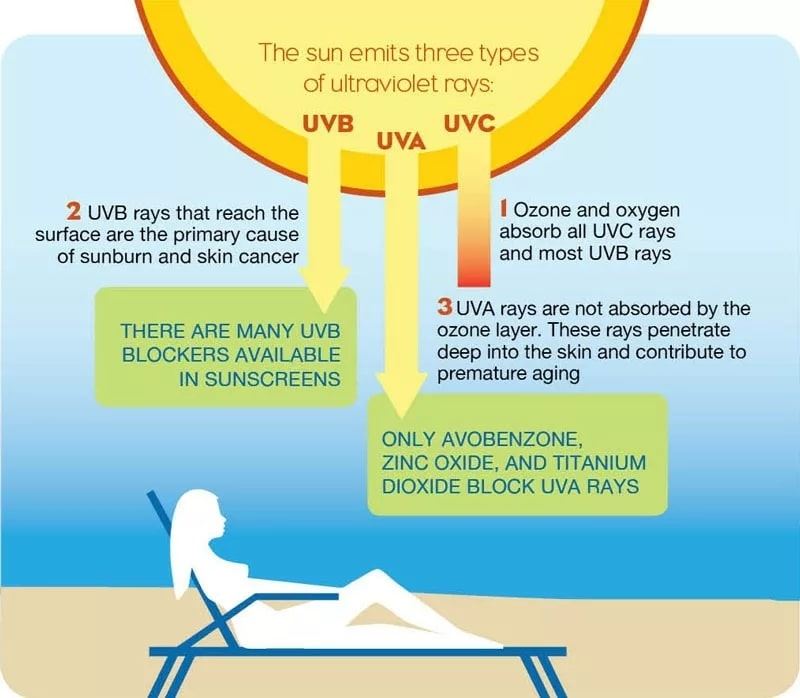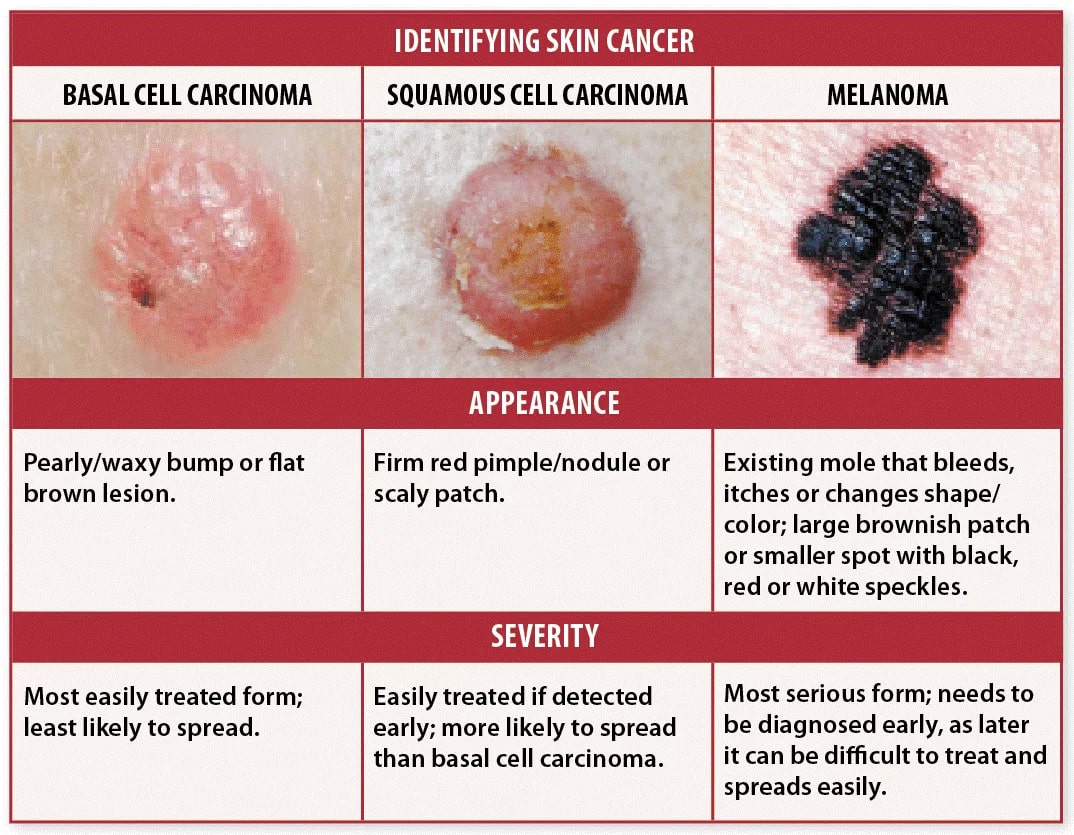Fireworks, Alcohol, & Sun: Summer’s Stealthy Perils Part Ii
- Category: Healthy Living
- Posted On:

Joshua Strommen MD, FACEP
The summer sun is beaming down upon our Central Texas countryside, school has left the minds of our kids, and vacation plans are in full swing. There is not a better time of year to enjoy the blessings of family and friends than with celebration, being poolside, and relaxing in the midst of it all with a cold beer or a mouthwatering margarita.
“
“Why then, can one desire too much of a good thing.”
We are all familiar with the reality that “all good things come to an end,” or that there is rhetorical truth in one of Shakespeare’s characters who retorts, “Why then, can one desire too much of a good thing.” The famous French philosopher Michel de Montaigne, who is known to influence the livelihoods of men like Rene Descartes and Ralph Waldo Emerson, is credited with saying
“Whether we are running our home or studying or hunting or following any other sport, we should go to the very boundaries of pleasure but take good care not to be involved beyond the point where it begins to be mingled with pain.”
de Montaigne had advice over 400 years ago that still exists to be valid and wise today. It may seem ‘old fashioned’ to wrap our arms around advice given over four centuries ago, but I argue that this separation in time has no bearing on the wisdom that encourages virtuous behavior and rational approaches to life’s pleasures. Summertime and the indulgences it brings must be held to the same standard de Montaigne had for our homes, studying, hunting, or sport.
ALCOHOL EXPOSURE
It would be beating a dead horse to belabor the potential dangers of alcohol. Similarly, it would be easy fodder to discuss how moderation in alcohol has potential benefits on your cardiovascular system and is associated with a decreased incidence of having a stroke.
I think it more fitting to discuss some of the historical and physiological truths of alcohol. Wine was the first alcoholic drink consumed around 3000-4000 BC. Beer came second and was widely consumed in the Mesopotamian civilization. That’s right, wine and beer have been a part of our drink menu for over 5000 years. Seeing that it has been so ubiquitous to our being, let us discuss its effects on our bodies.
To have an understanding of its wide-ranging effects, we must realize that alcohol permeates through both water and fat. This means that there isn’t a cell, tissue, or organ in our body it doesn’t come into contact with and have an influence on.
As if we hitched a ride on a molecule of alcohol on a hot summer day, let's discuss the effects we would witness by body system as it saturates our body. Before we go on, however, it's important to note that there is a dose-related effect to alcohol consumption. Meaning that where there is more consumption, the body will incur more of the untoward side effects.
As alcohol hits our esophagus, stomach, and small intestine, there is first an impairment of the muscle that separates the esophagus and the stomach. This dysfunction of the lower esophageal sphincter leads commonly to heartburn or reflux. As exposure increases to the esophagus, stomach, and small intestine there is a breakdown of the protective mucosal layers of those tissues, and you get an increased risk of esophageal cancer, gastritis, and inhibition of nutrient absorption, respectively.
The next organs to be seen as you float through the digestive tract and simultaneously begin to enter the bloodstream are the liver and pancreas. Chronic alcohol exposure to the liver is detrimental because of the inflammation and stress it incites to the liver cells. These insults are proliferated due to the lack of nutrients being absorbed from the problem mentioned above in the small intestine. Vitamins and minerals from our food are meant to support and repair the cells and tissues of our body. As liver injury lingers, an abundance of metabolites and toxins that were once eliminated by the liver, are now plentiful. This process ultimately leads to cirrhosis of the liver and alcoholic liver disease. Furthermore, chronic alcohol ingestion causes a proliferation in digestive enzymes to be produced in the pancreas, which can ultimately cause a painful condition known as pancreatitis.
“
Alcohol also causes an increase in blood pressure, even with moderate volumes of ingestion.
Having been fully absorbed into the bloodstream by now, you will have a very swift voyage to the heart. It has been shown that alcohol is a myocardial depressant. There is a dose-dependent relationship that causes a weakening of the squeezing ability of the heart with time. Alcohol also causes an increase in blood pressure, even with moderate volumes of ingestion. These two things together over time can cause abnormal heart rhythms and potentially heart failure.
From the heart, the next important stop in the circulatory system is the brain. Other than causing a brief interval of euphoria, verbal dis-inhibition, and feelings of grandeur, alcohol has a sedating effect on the brain. It is also known to affect coordination, reaction time, and memory. For instance, one study done in 2012 in the journal Human Psychopharmacology showed that after one night of moderate alcohol intake, performance on memory, reaction time, and coordination was just as bad the morning after drinking than it was while acutely intoxicated at the legal limit.
To wrap up the journey alcohol takes throughout your cardiovascular system and into your body, we must highlight its potential effects on your muscles, bones, and skin. To put it briefly, chronic alcohol abuse reduces healthy protein synthesis of all the previously mentioned organs. Over time, this leads to a loss of lean muscle mass, weaker bones, and a worsening of existing skin disorders. Alcohol intoxication also keeps your body from regulating its core body temperature appropriately. This is detrimental in extremely hot or cold environments.
SUN, SOL, SOLIS, HELIOS
The subtitle above includes words which all refer to the sun in one language or another. At times of agricultural predominance, many civilizations idolized the sun due to its life-sustaining capabilities. Of the many things that convey the effects of summer, sunburned skin or a tanned hue seems most fitting. Rightfully so, because it means we are BBQ’ing, enjoying the pool or the lake, and out doing sporting activities. These are the things that imprint vivid memories and lasting impressions on the substance of Central Texas summer living. But as you may guess, heed the warning of excess.
When it comes to the harmful effects of the sun, it is the ultraviolet (UV) rays that are the damaging component. There are three types of UV radiation, UVA, UVB, and UVC. UVA and UVB rays are the ones that cause sunburns, skin wrinkling, and are ultimately responsible for skin cancer.

There are two main types of skin cancer, melanoma, and non-melanoma. Non-melanoma is much more common and is subdivided into Basal Cell Carcinoma and Squamous Cell Carcinoma. These cancers tend to be easier to treat than patients who have melanoma. Melanoma contributes to about 3-5% of all skin cancers but causes 75% of skin cancer deaths. It is hypothesized that the harmful effects of UV radiation to the skin allows for a disruption in the body’s immune system and other natural defenses. This enables damaged and malfunctioning skin cells to continue to replicate uncontrollably, which over time produces cancer.

POINTERS FOR SAFETY
- Sunscreen should be SPF 30 or higher.
- Sunscreen needs to have UVA & UVB protection.
- Sunscreen should be water resistant.
- Use sunscreen sticks around the eyes to prevent burning.
- It takes 10-15 minutes for sunscreen to absorb into the skin, so apply early.
- You should reapply sunscreen every 2 hours.
The last two posts have been a hodgepodge of information. The calculation in that is twofold. First, summertime is nothing if not a random and unpredictable time where fun and opportunity seems to pop up without prediction or proper preparation. So this serves as your summertime safety primer! Second, an Emergency Physician is nothing if not able to comment and give advice on random topics, all of which may be the source of his very work on any given summer shift. So, enjoy this amazing time of year, but to reiterate the advice above, “take good care not to be involved beyond the point where it begins to be mingled with pain.”
